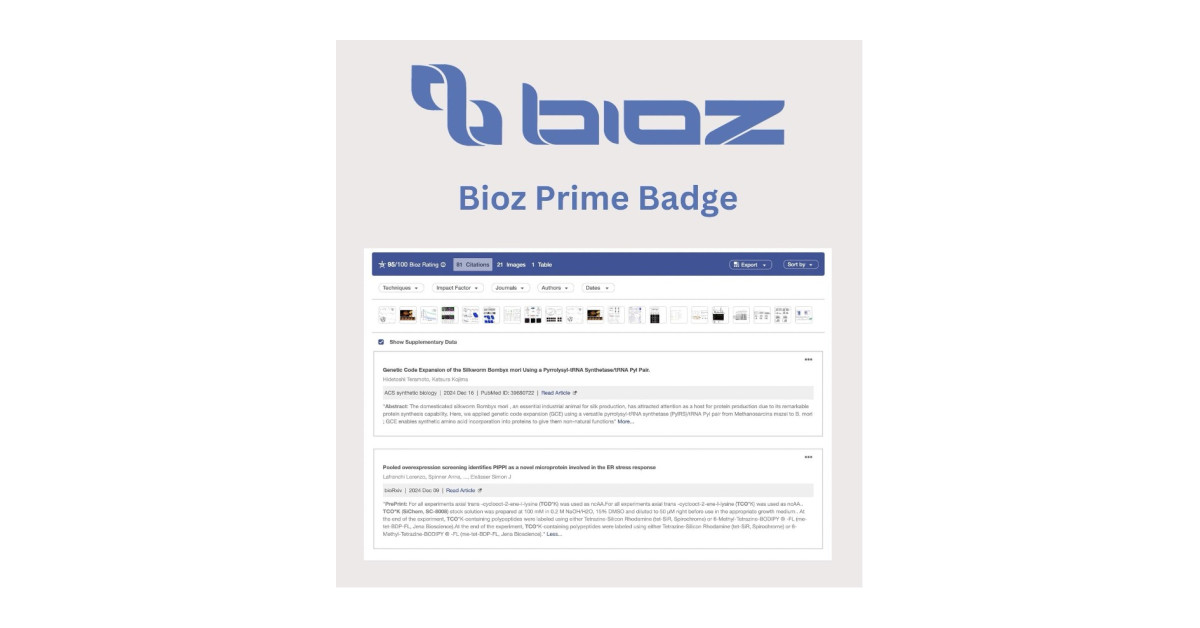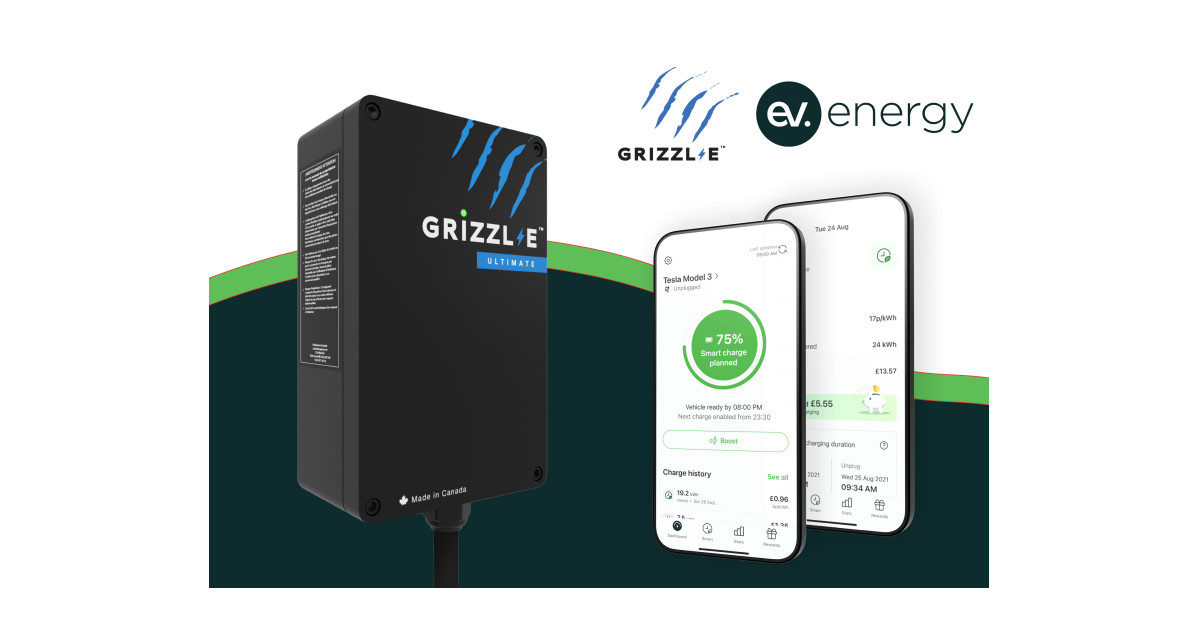[ad_1]

If you have not received your rates bill yet, it should be dropping on your doorstep shortly.
UK business rates payers will receive their rates bills in preparation of the new revaluation beginning on the 1st of April. While local authorities are responsible for applying and collecting this tax, it is the Valuation Office Agency (VOA) that calculates the rateable value (RV) of a property, which in turn determines the business rates. UK properties are subject to variations of this tax, but it is not always applied fairly, or correctly.
In the UK, business rate liabilities can be one of the highest costs for a business.
So, do you know how to review your rates bill?
While this may seem like a relatively simple process, each local authority does present information on the bill differently. The first – and most important – step is checking that the rates bill you received is in fact the correct one. Mistakes can happen, and it is best to ensure that your rates bill is for the correct property.
The last thing any commercial property owner or tenant needs is to be paying for a property, or part of a property, they do not occupy.
Your RV should be the next figure you look at. This is the value that the VOA assigns to your property, and multiplying by the appropriate multiplier is how you get the rates payable for that property. It’s best to make sure the basics are correct first, and that they line up with your property’s page on the VOA website.
In the UK, business rates are determined by open market rental values from 2021. Resulting in most sectors seeing a significant increase for the 2023 rating list. Both multipliers’ have been frozen at the highest level since they were introduced in 1990. The purpose of the multiplier is to spread increases throughout the rating list gradually. As such, usually the multipliers’ drop in value at the beginning of each rating list, before rising each year. However, with the multipliers’
frozen at 51.2p and 49.9p for 2023-2024, this indicates that the government are looking to raise them after this.
This artificial inflation will mean that commercial property owners and tenants could see their business rates being calculated at a much higher level going forward.
“The VOA have said that the RV increase for England and Wales will be no more than 7.1%.” Anthony Hughes, Managing Director of RVA Surveyors, commented. “This is not reflective of what our industry is seeing in individual sectors or local authority areas. When you take into account the artificially inflated multipliers, commercial property owners and tenants are looking at increases of roughly 14% – and not the advertised 7.1%, with the industrial sector seeing an average RV increase of around 30%.”
Based in Manchester, RVA Surveyors are the family-run, independent business rates reduction specialist working across England and Wales, helping commercial property owners and tenants to secure historic and future savings.
“We have found that 50% of the clients that engage with us, could achieve a reduction.” Anthony Hughes of RVA Surveyors, explained. “Unfortunately, it is all too common that businesses are left unaware that they could achieve a significant reduction in their liability for both historic, and future bills.”
The 2017 rating list ends on the 31st of March. By now, you should have received your rates bill. It is imperative that commercial property owners and tenants are reviewing their business rates liability, or face losing out on finding out if they are owed thousands in historic savings.
[ad_2]
Source link




